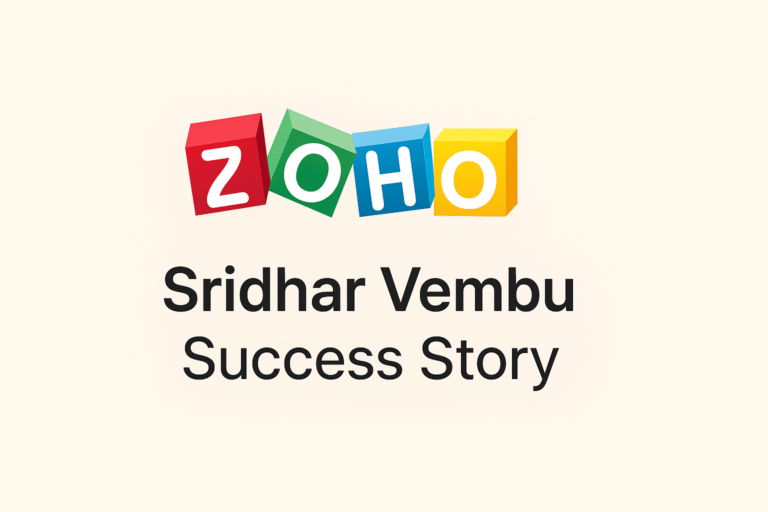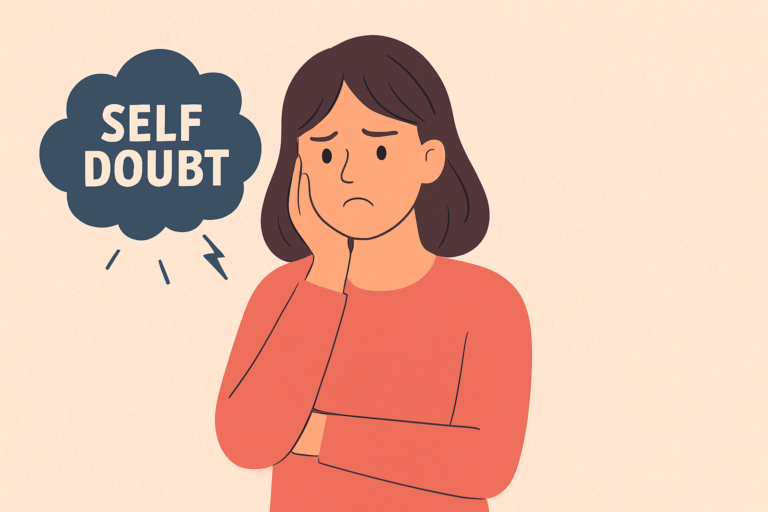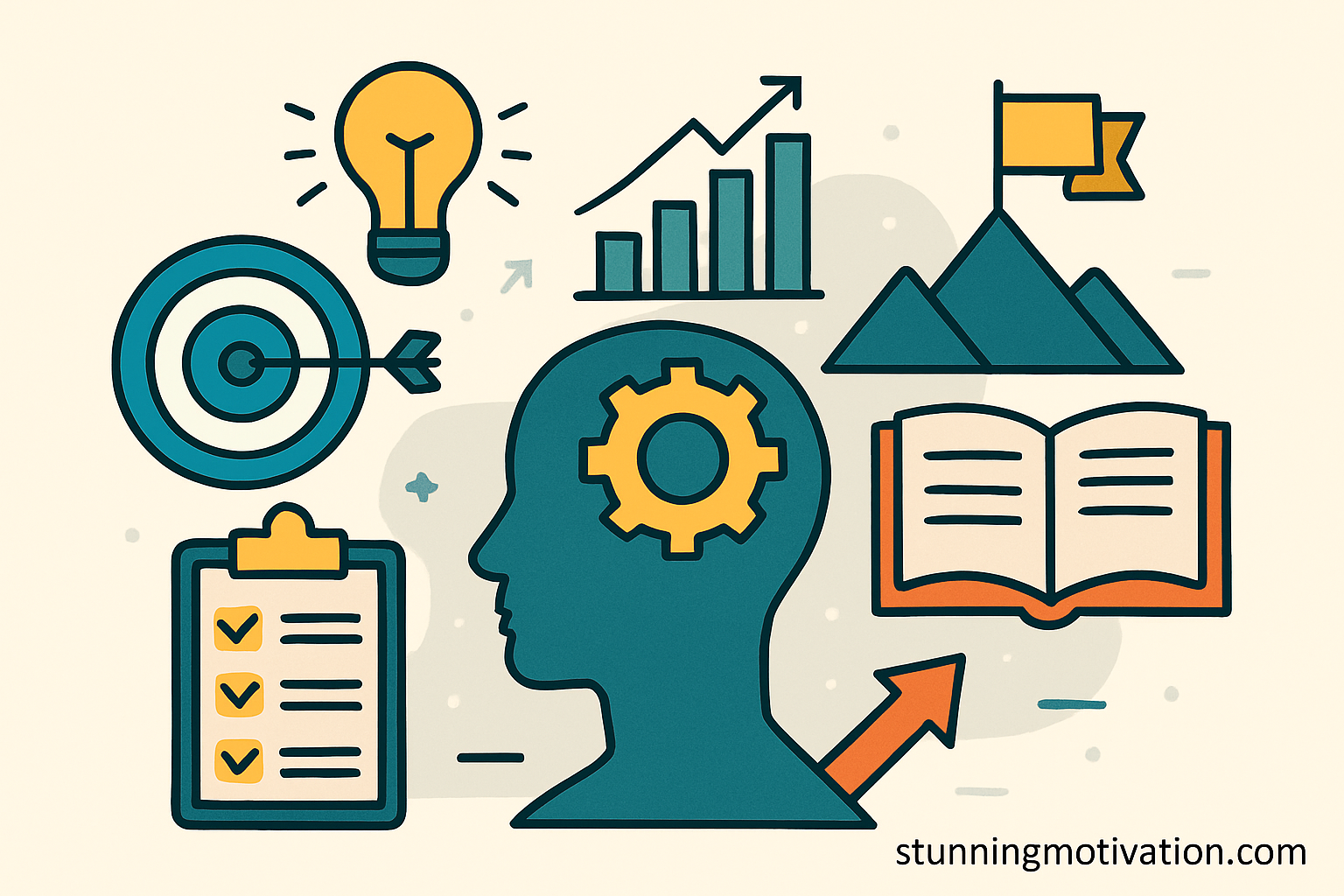A Real, Human Definition
Personal development is the process of intentionally improving your thoughts, habits, skills, mindset, and overall life experience.
It’s about choosing who you want to become — and then taking small, consistent steps to get there.
Unlike external achievements (job titles, money, degrees), personal development is an inside job. It’s growth that starts from within, shows up in how you think, feel, respond, and live.
And the best part? You don’t need to be perfect to start. You just need to be willing.
Backed by Psychology & Research
This isn’t just feel-good talk. Science supports it:
- A Harvard study on adult development — the longest-running study of its kind — found that personal relationships and emotional well-being are the biggest predictors of long-term happiness and health (Harvard Study of Adult Development).
- According to the World Economic Forum, emotional intelligence, resilience, and active learning — all key personal development skills — are among the top 10 skills needed for the future of work (WEF Future of Jobs Report, 2023).
- The Self-Determination Theory, developed by psychologists Edward Deci and Richard Ryan, shows that when people pursue growth, autonomy, and purpose, they experience greater motivation, mental well-being, and life satisfaction (Ryan & Deci, University of Rochester).
- A Thrive Global survey found that 94% of millennials are committed to self-improvement through coaching, self-help content, or skill development — highlighting a generational shift toward intentional growth (Thrive Global, 2018).
What Top Life Coaches Say About Personal Development
The world’s most influential life coaches don’t just talk about success — they live it, teach it, and inspire millions to pursue it. Here’s what they have to say about the role of personal growth in creating a fulfilling life:
Tony Robbins, one of the world’s leading life strategists, often says:
“The only limit to your impact is your imagination and commitment.”
He emphasizes that consistent personal growth — emotionally, mentally, and spiritually — is the foundation of all lasting change.
Brendon Burchard, high-performance coach and bestselling author, teaches:
“No matter how small you start, start something that matters.”
His research-backed High Performance Habits framework shows that personal development is the fastest path to sustainable success, not just in career, but in energy, influence, and relationships.
Mel Robbins, author of The 5 Second Rule, reminds us:
“You are one decision away from a completely different life.”
Her work focuses on overcoming self-doubt and hesitation — both key areas of personal development — by empowering people to take action despite fear or resistance.
Robin Sharma, author of The Monk Who Sold His Ferrari, encourages daily growth:
“Small daily improvements over time lead to stunning results.”
He emphasizes the importance of personal mastery, morning routines, and inner leadership in living a purpose-driven life.
Jay Shetty, former monk turned purpose coach and author of Think Like a Monk, teaches:
“Your passion is for you, your purpose is for others.”
He connects personal development to meaningful service, reminding us that growth isn’t just about achieving — it’s about contributing.
Together, these voices echo a powerful truth:
🧭 Personal development is the path to clarity, confidence, and contribution.
Whether you’re building a business, healing from burnout, or simply trying to be more present in your everyday life — investing in yourself is never wasted.
In Plain Terms: Why Personal Development Matters to You
Let’s say you’re feeling burned out, stuck, or unsure of your direction. Personal development gives you the skills and tools to:
- Clarify what really matters — and let go of what doesn’t
- Build emotional strength for life’s inevitable ups and downs
- Feel more confident in your decisions and direction
- Stop waiting for motivation and start building momentum
It helps you show up better — not just for yourself, but for your work, your relationships, and your future.
Personal Development Synonym & What People Actually Call It
People talk about personal development in different ways, like:
- Self-improvement
- Personal growth
- Inner work
- Character development
- Becoming your best self
- Leveling up (a popular Gen Z term)
At its core, it’s all about the same thing: becoming more intentional about how you live your life.
Everyday Examples of Personal Development
You don’t have to climb a mountain or go on a 10-day retreat to grow. Here’s what personal development looks like in real life:
Real Person | What They Did | Impact |
Daniel, 34 | Started journaling each morning for 10 minutes | Noticed less anxiety and more clarity |
Gabriel, 28 | Took a free online course on emotional intelligence | Improved her relationship with coworkers |
Luis, 42 | Created a personal development goal for work: give feedback weekly | Saw better communication and team trust |
Aubrey, 19 | Read a book on growth mindset | Felt more confident facing college challenges |
Small changes. Big shifts.
Is Personal Development a Skill?
Yes — and here’s why that matters:
You don’t need to be “naturally” motivated or disciplined to grow. Like any skill, personal development gets stronger the more you practice it.
You wouldn’t expect to lift 200 pounds the first time you hit the gym.
Personal development is the same. You start small, build consistency, and grow over time.
Think of it like this:
Every journal entry. Every new habit. Every tough conversation.
It’s all reps. And reps create results.
Personal vs. Professional Development (Why Both Matter)
It’s easy to confuse the two — but they serve different purposes.
Personal Development | Professional Development |
Focuses on who you are as a person | Focuses on skills for the workplace |
Helps you grow emotionally, mentally, spiritually | Helps you grow in leadership, communication, and productivity |
Examples: building self-confidence, journaling, meditation | Examples: learning project management, taking sales training |
But they’re not separate paths. Personal growth makes you a stronger professional — and vice versa.
A manager who understands emotional intelligence?
A teacher who practices mindfulness?
A business owner with a growth mindset?
That’s personal development in action.
Final Thought for This Section
You don’t have to change your whole life today.
But you can choose to start.
Start by becoming a little more aware, a little more intentional, and a little more kind to yourself in the process. That’s what personal development really is — progress over perfection.
“We are what we repeatedly do. Excellence, then, is not an act, but a habit.” — Aristotle
Let’s make personal excellence your new habit — one step at a time.




















